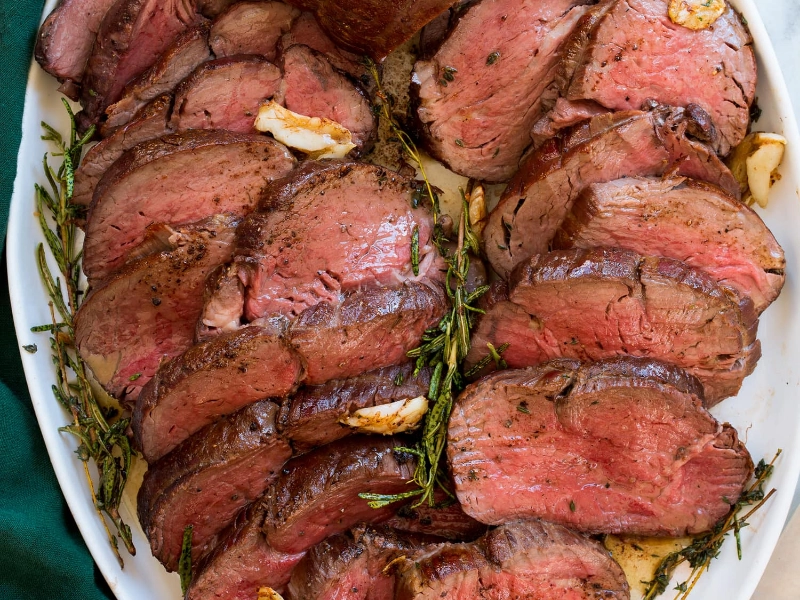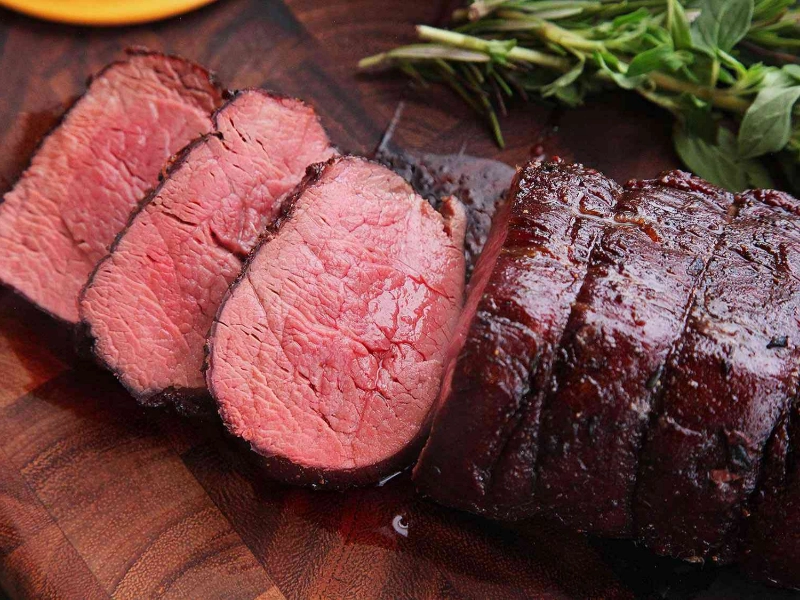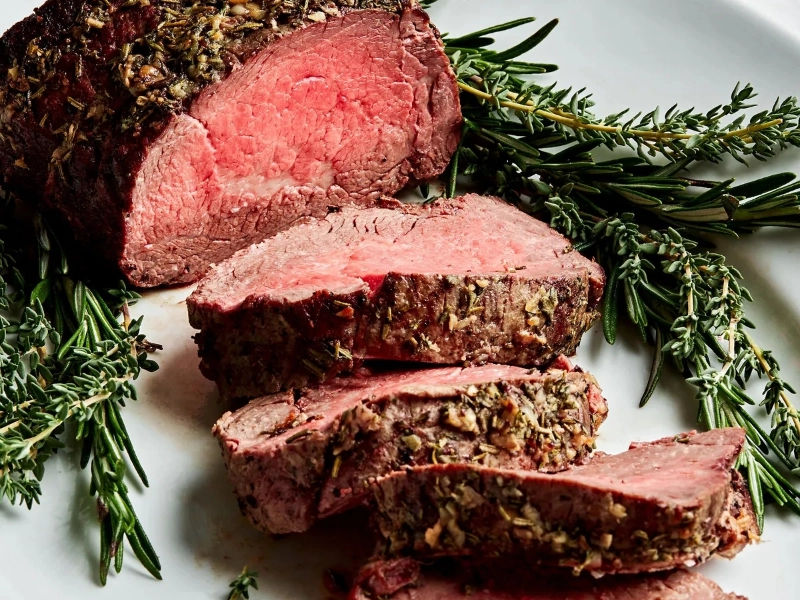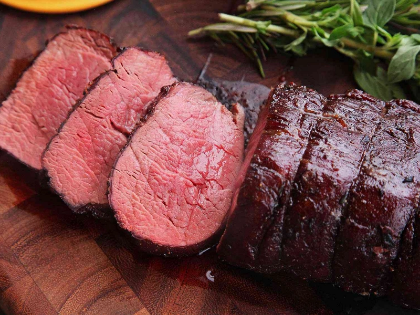Beef as Part of a Balanced Paleo Diet: Pros and Cons
1. Understanding the Paleo Diet The Paleo diet, often referred to as the "caveman diet," is based on the premise of eating foods that our ancestors consumed during the Paleolithic era. This means focusing on whole, unprocessed foods such as lean meats, fish, fruits, vegetables, nuts, and seeds while avoiding grains, legumes, dairy, and processed foods. Beef, as a primary source of protein, plays a significant role in many Paleo meal plans. Understanding the benefits and drawbacks of including beef in this diet can help individuals make informed dietary choices.
2. Nutritional Benefits of Beef Beef is a rich source of high-quality protein, which is essential for muscle growth, repair, and overall bodily functions. It contains all the essential amino acids needed for optimal health. Additionally, beef is packed with important nutrients such as iron, zinc, and B vitamins, particularly vitamin B12, which is crucial for energy production and maintaining a healthy nervous system. These nutrients are vital for individuals following a Paleo diet, as they help support overall health and wellness.
3. Supporting Muscle Health One of the significant advantages of including beef in a Paleo diet is its contribution to muscle health. The high protein content in beef helps build and maintain lean muscle mass, which is essential for overall strength and metabolic health. For those who engage in regular physical activity or strength training, consuming adequate protein is crucial for recovery and performance. Beef provides a convenient and effective way to meet these protein needs.
4. The Role of Healthy Fats Beef can also be a source of healthy fats, particularly when choosing grass-fed options. Grass-fed beef tends to have a better omega-3 to omega-6 fatty acid ratio compared to grain-fed beef. Omega-3 fatty acids are known for their anti-inflammatory properties and can support heart health. Including healthy fats in your diet is essential for hormone production, brain function, and overall health, making beef a valuable addition to a balanced Paleo diet.

 6. Environmental Considerations Another aspect to consider when including beef in a Paleo diet is the environmental impact of beef production. Raising cattle requires significant resources, including land, water, and feed. Additionally, beef production contributes to greenhouse gas emissions. Individuals concerned about sustainability may want to limit their beef consumption or choose alternative protein sources, such as poultry, fish, or plant-based options, to reduce their environmental footprint.
6. Environmental Considerations Another aspect to consider when including beef in a Paleo diet is the environmental impact of beef production. Raising cattle requires significant resources, including land, water, and feed. Additionally, beef production contributes to greenhouse gas emissions. Individuals concerned about sustainability may want to limit their beef consumption or choose alternative protein sources, such as poultry, fish, or plant-based options, to reduce their environmental footprint.
 7. Balancing Beef with Other Protein Sources To create a well-rounded Paleo diet, it is essential to balance beef with other protein sources. While beef can be a staple, incorporating a variety of proteins—such as chicken, fish, eggs, and plant-based sources like nuts and seeds—can provide a broader range of nutrients. This variety can help prevent potential health risks associated with excessive red meat consumption while ensuring that you meet your protein needs.
7. Balancing Beef with Other Protein Sources To create a well-rounded Paleo diet, it is essential to balance beef with other protein sources. While beef can be a staple, incorporating a variety of proteins—such as chicken, fish, eggs, and plant-based sources like nuts and seeds—can provide a broader range of nutrients. This variety can help prevent potential health risks associated with excessive red meat consumption while ensuring that you meet your protein needs.
 8. Personal Health Goals and Preferences When considering beef as part of a Paleo diet, it is crucial to reflect on personal health goals and dietary preferences. Some individuals may thrive on a higher protein intake, while others may prefer a more plant-based approach. Listening to your body and adjusting your diet accordingly can lead to better health outcomes. Consulting with a healthcare professional or nutritionist can also provide personalized guidance.
9. Culinary Versatility of Beef Beef is a versatile ingredient that can be prepared in numerous ways, making it easy to incorporate into a variety of dishes. From grilled steaks and stir-fries to slow-cooked stews and salads, there are countless recipes that highlight the flavor and nutritional benefits of beef. Experimenting with different cooking methods and flavor profiles can keep meals exciting while adhering to Paleo principles.
10. Summary of Beef in a Paleo Diet Incorporating beef into a balanced Paleo diet can offer numerous nutritional benefits, including high-quality protein, essential vitamins, and healthy fats. However, it is essential to consider potential health risks, environmental impacts, and the importance of variety in protein sources. By making informed choices about the quality and quantity of beef consumed, individuals can enjoy the advantages of this nutrient-dense food while supporting their overall health and wellness. Ultimately, a balanced approach that includes a variety of whole foods will contribute to a successful and sustainable Paleo diet.
8. Personal Health Goals and Preferences When considering beef as part of a Paleo diet, it is crucial to reflect on personal health goals and dietary preferences. Some individuals may thrive on a higher protein intake, while others may prefer a more plant-based approach. Listening to your body and adjusting your diet accordingly can lead to better health outcomes. Consulting with a healthcare professional or nutritionist can also provide personalized guidance.
9. Culinary Versatility of Beef Beef is a versatile ingredient that can be prepared in numerous ways, making it easy to incorporate into a variety of dishes. From grilled steaks and stir-fries to slow-cooked stews and salads, there are countless recipes that highlight the flavor and nutritional benefits of beef. Experimenting with different cooking methods and flavor profiles can keep meals exciting while adhering to Paleo principles.
10. Summary of Beef in a Paleo Diet Incorporating beef into a balanced Paleo diet can offer numerous nutritional benefits, including high-quality protein, essential vitamins, and healthy fats. However, it is essential to consider potential health risks, environmental impacts, and the importance of variety in protein sources. By making informed choices about the quality and quantity of beef consumed, individuals can enjoy the advantages of this nutrient-dense food while supporting their overall health and wellness. Ultimately, a balanced approach that includes a variety of whole foods will contribute to a successful and sustainable Paleo diet.







